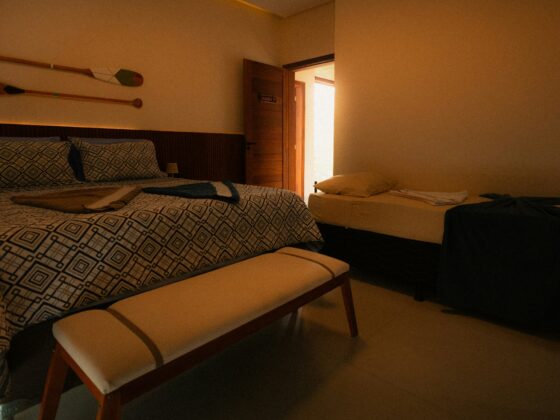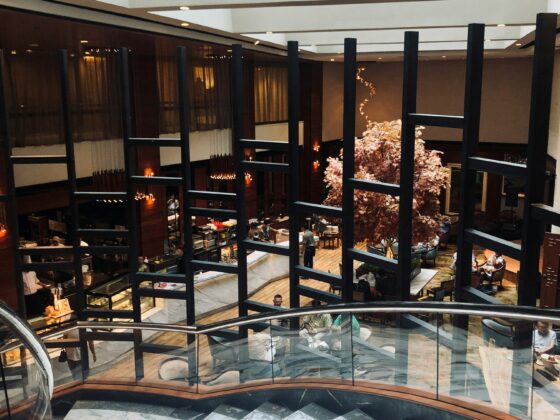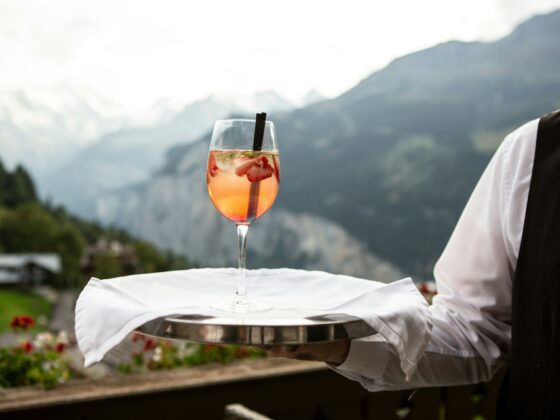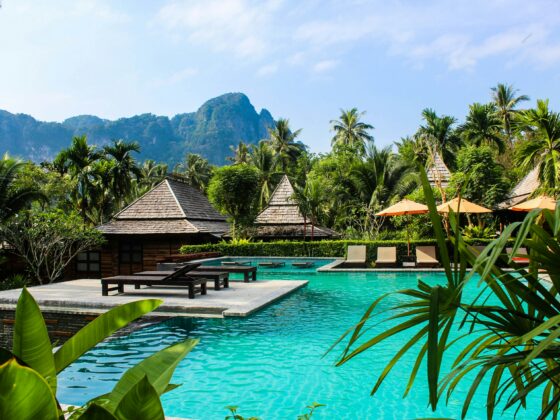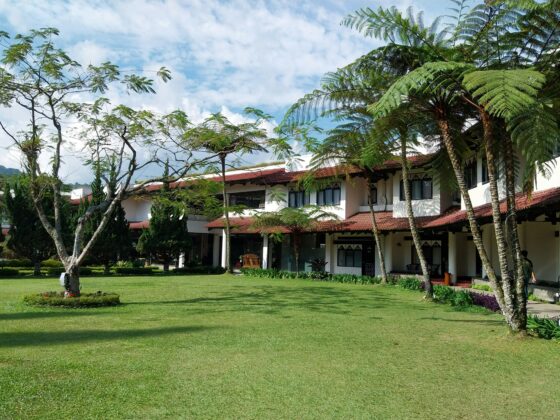According to MKG data, over the first seven weeks, activity in hotels, tourist residences and holiday villages fell by 9.2% compared with summer 2024. Paris and the Île-de-France region have not returned to their pre-Olympic Games levels, and several major cities have suffered in comparison with last year and its exceptional calendar: -10% in Lyon, -6% in Marseille, and -27% in Lille.
Some cities nevertheless held up well. Nice and Cannes posted growth of +6% in 2025 and nearly +20% in two years, respectively, driven by major investments in hotel facilities, new upscale hotels and successful repositioning. Lille also performed well, with RevPAR up sharply compared to 2023, thanks in particular to the departure of the Tour de France, which has regained its status as a driving force.
The coastal regions enjoyed a positive season (+5% RevPAR), supported by both visitor numbers and a moderate increase in prices. The mountains posted one of the best performances (+7.5% across all ranges and +9% in the Northern Alps), confirming their summer growth. Normandy and Brittany also stood out (+8.5% and +10% RevPAR), benefiting from both the Tour de France and favourable weather conditions.
More broadly, summer 2025 confirmed the dynamism of secondary destinations: rural interiors, medium-sized towns and the south-east have become more attractive to leisure customers. Internationally, the same phenomenon can be observed, with Madrid and Barcelona in decline while the Spanish Basque coast and Andalusia are growing.
Visitor numbers in France were up by +1.2 points compared to last summer. This slight increase came at the cost of lower prices. Decisions based on purchasing power resulted in controlled spending: a decline in the breakfast uptake rate among hotel guests in the provinces (-1.3 points) and a drop in revenue in the economy segment, while the upscale and luxury segments, supported by international customers, continued to grow.
|

![]()




